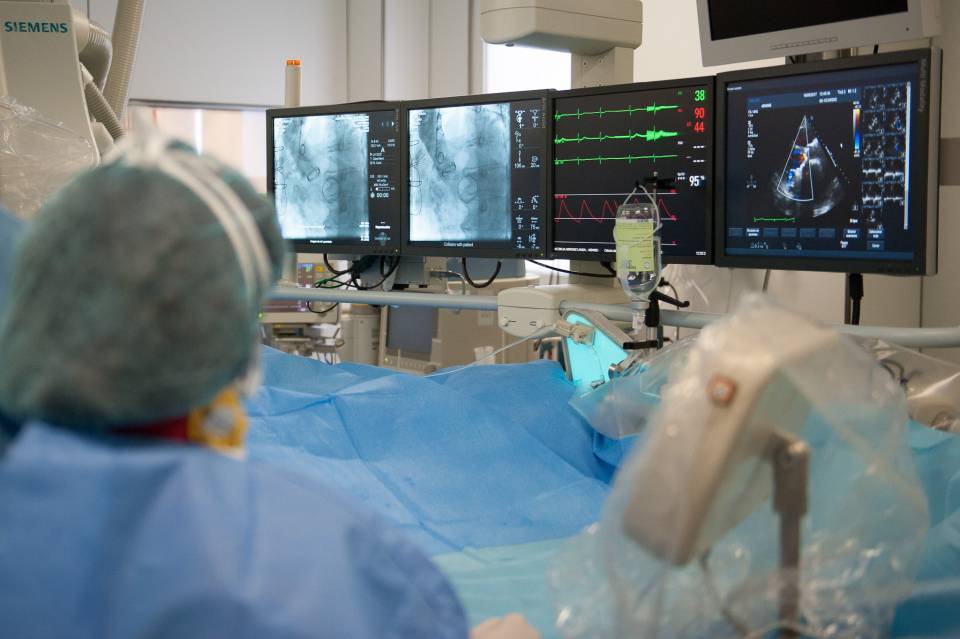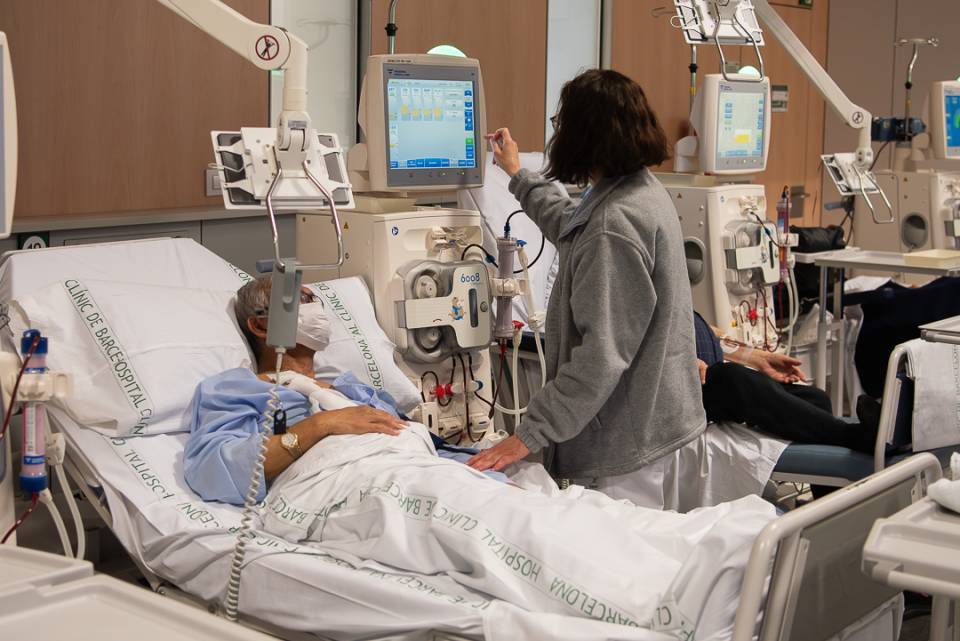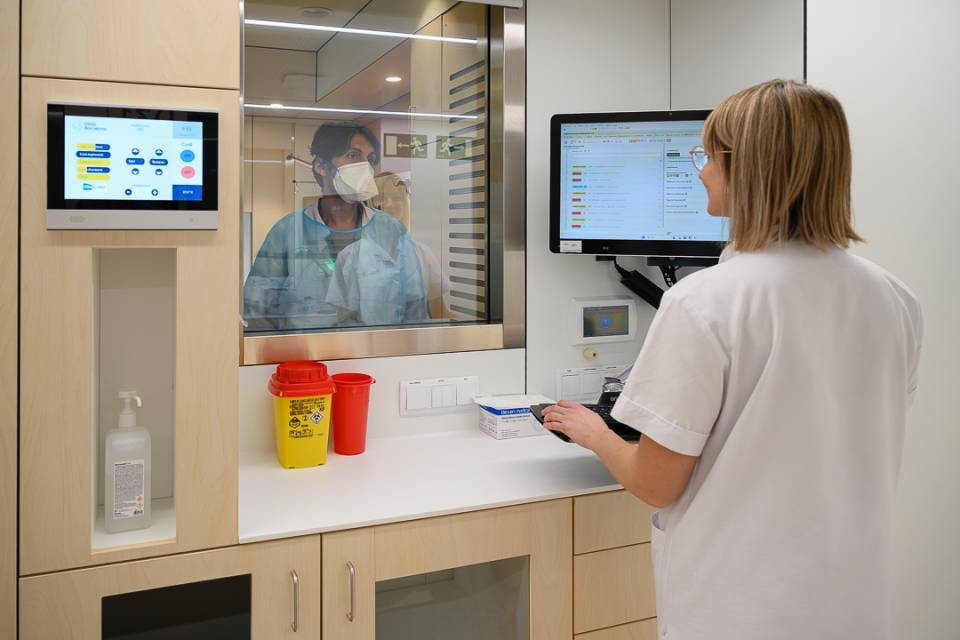Nonvalvular atrial fibrillation (AF) is one of the most common diseases in our society. Despite being more common in later life, it is believed that up to 20% of the population may suffer it at some point. One of the main problems associated with AF is the risk of clots forming inside the heart that can migrate to the brain and cause a stroke or embolism.
It is known that, in this context, 95% of the clots that form in the heart are located within an appendix-shaped cavity in the left atrium called the left atrial appendage. To prevent clots forming at this level, most patients with AF have to take oral anticoagulants, like Sintrom. These treatments can be associated with haemorrhagic complications in some cases. In fact, these bleeding-related complications preclude the administration of these drugs to some patients. Occluding the left atrial appendage with the aid of catheters (without surgery) has proven to be a valid alternative to oral anticoagulation treatment in patients where oral anticoagulants are contraindicated.
Hospital Clínic in Barcelona has performed more than 200 successful left atrial appendage occlusion procedures. To date, these operations have involved patients with absolute or relative contraindication with regard to the use of oral anticoagulants, as well as individuals who present ictus despite taking anticoagulant drugs.
The CATALYST project wants to take the study of this technique one step further, by comparing the usefulness of left atrial appendage occlusion in AF sufferers who have no contraindication to anticoagulant drugs with treatment using new anticoagulants (apixaban, dabigatran, rivaroxaban or oedoxaban). By doing this, the researchers not only want to evaluate whether this occlusion is a valid alternative to anticoagulants in patients who cannot take them, but also if the technique is a real possibility for anticoagulation therapy in all AF sufferers. Dr. Xavier Freixa, a cardiology surgeon, and Dr. Eduard Guasch, an electrophysiologist, both members of the Atrial Fibrillation Unit (AFU) at Hospital Clínic in Barcelona, are the principal investigators on the study. On 15th October, 2020, the first patient was recruited at Hospital Clínic in Barcelona. This is the first patient from Spain and one of the first in Europe




